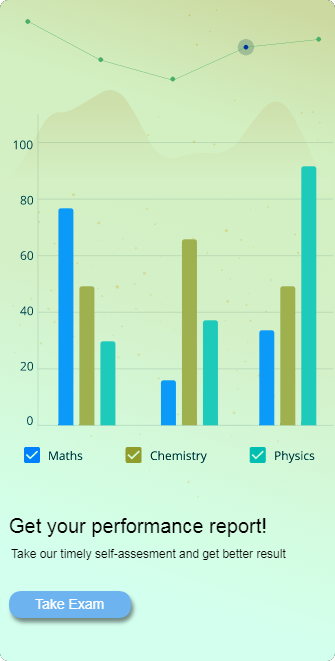Anaerobic respiration Is the process of producing cellular energy without oxygen. Anaerobic respiration is a relatively fast reaction and processes 2 ATP which is far fewer than aerobic respiration. Anaerobic respiration happens in the cytoplasm where glycolysis releases energy from glucose and fermentation recycles NHAD back to NAD+. Anaerobic respiration takes in two different ways in plants and animals.
- In animals: our muscles used oxygen and glucose to respire anaerobically and produce the energy they require. These are carried to the muscle via blood. However. if we were to carry out vigorous exercise our heart and lungs would not be able to get sufficient oxygen to our muscles in order for them to respire. In this case, muscles carry out anaerobic respiration the chemical equation is
C6H12O6→C2H6O3+120 kJ/mol
Lactic acid
- In plants: the oxygen supply to plants can also run out, this happens for example if the soil gets waterlogged. In this case, they have to obtain their energy via anaerobic respiration. The chemical equation is
C6H12O6→C2H5OH+ CO2+ energy
Ethanol




